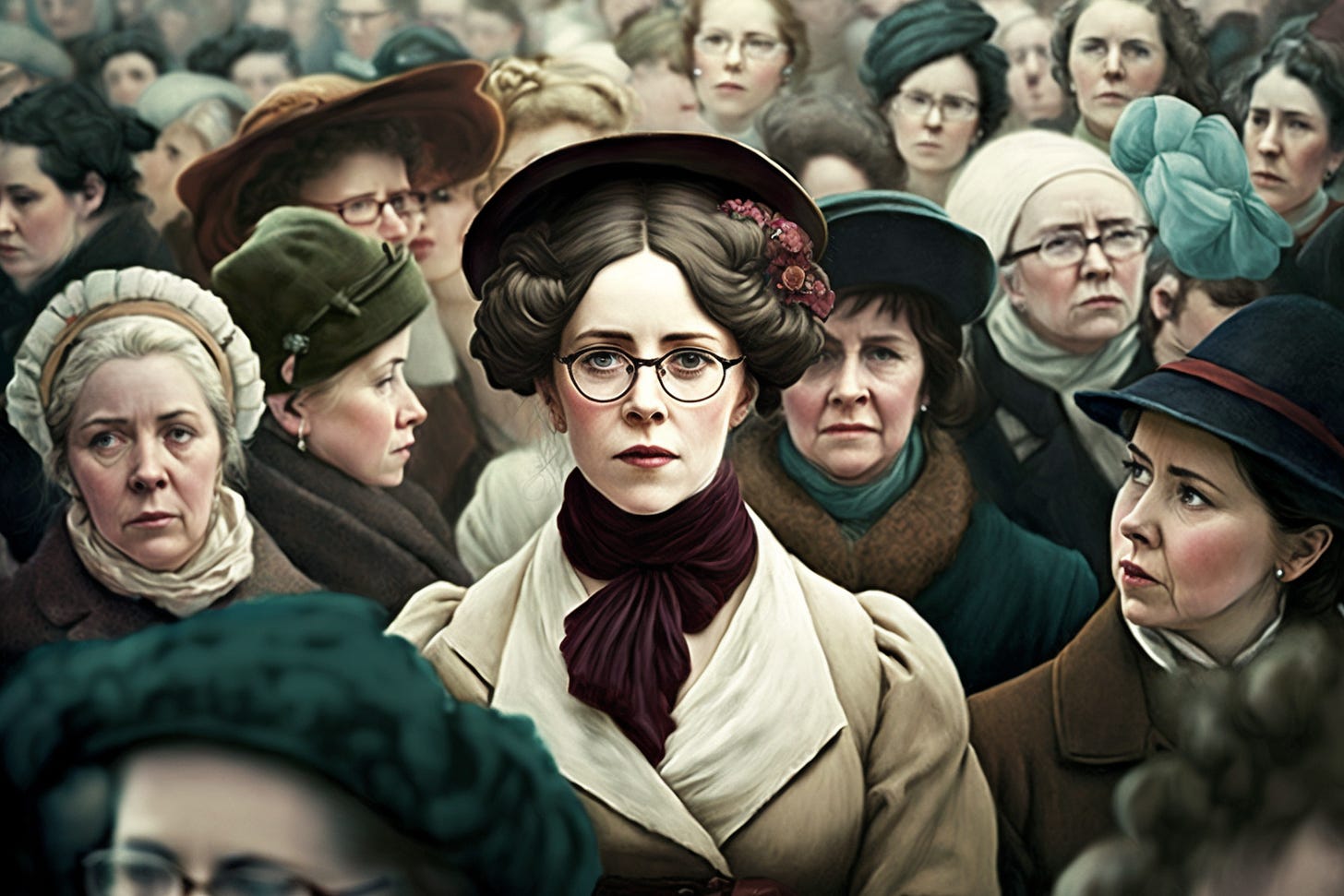What is the history of international women's day
From Suffragettes to Activists: A Century of Progress and Struggle for Gender Equality on International Women's Day
International Women's Day is an annual event that has been celebrated since 1911. In the early 1900s, there was a strong movement for women’s rights and equality around the world. The first International Women’s Day began in Austria, Denmark, Germany and Switzerland on March 19th as part of this growing feminist movement to recognize civil accomplishments made by women all over the globe.
The celebration quickly spread throughout Europe with rallies being held annually to promote equal rights for men and women everywhere – specifically suffrage or voting power among other social reforms such as access to education etc. It wasn't until 1975 when it became recognized officially by the United Nations who declared it should be observed every year on 8 March from then onwards!
In recent years IWD (as it is popularly known) has grown into global phenomenon much more than just its original political origins; many companies now use 8th of March to commemorate pay equity improvements within their own organization while charities utilize the day to create awareness about gender inequality issues still facing us today like discrimination in the workplace, domestic violence, and poverty. The day is meant to celebrate progress, and to achieve greater parity between genders. Women both, present and future generations, can come together and fight against injustice whenever and wherever we see fit and make sure no one is left behind in the pursuit of justice, liberty and human dignity on the face of the planet.
Today thousands upon thousands of organizations and individuals across nations will show solidarity and bring attention to challenges faced by women, especially members of the most vulnerable parts of society continue to push boundaries further, and improve the quality of life for people worldwide, through means of activism, campaigning, fundraising, networking, dialogues, educational workshops, conferences, seminars, speeches, galas, concerts and more!
International Women’s Day is celebrated on the 8th of March every year but its origins go back even further than its official start date in 1911. In 1908 a group of 15,000 working-class New York City garment workers organized a march for “Bread and Roses'' in protest against unfair wages and conditions they were facing at their workplace – this led to National Woman's Day being declared two years later by the Socialist Party of America as an annual event honoring these brave activists who had stood up for themselves despite all odds.
But there are several prominent female figures who have helped shape IWD into what it is today: Clara Zetkin was one such woman; she proposed International Working Women's day during a 1910 conference held by Second International in Copenhagen which eventually morphed into a modern-day celebration after some governments officially endorsed observance with regards to gender equality across different countries worldwide over the time period between 1914–1918 when WW1 was going on simultaneously! Zetkin’s influence cannot be understated here because without her push towards recognizing equal rights amongst genders we wouldn't be able to discuss matters related to fairness/equality quite so openly nowadays too.
Lithuanian activists Ana Ketlermane and Lina Adomaviciute also join the list of important people who have fought tirelessly to promote international feminism, raising awareness to issues experienced by females globally that is often unfortunately overlooked. Their actions demonstrate the real power grassroots movements can bring about – advocating for a greater degree of autonomy granted to individuals, irrespective of sex or nationality.




